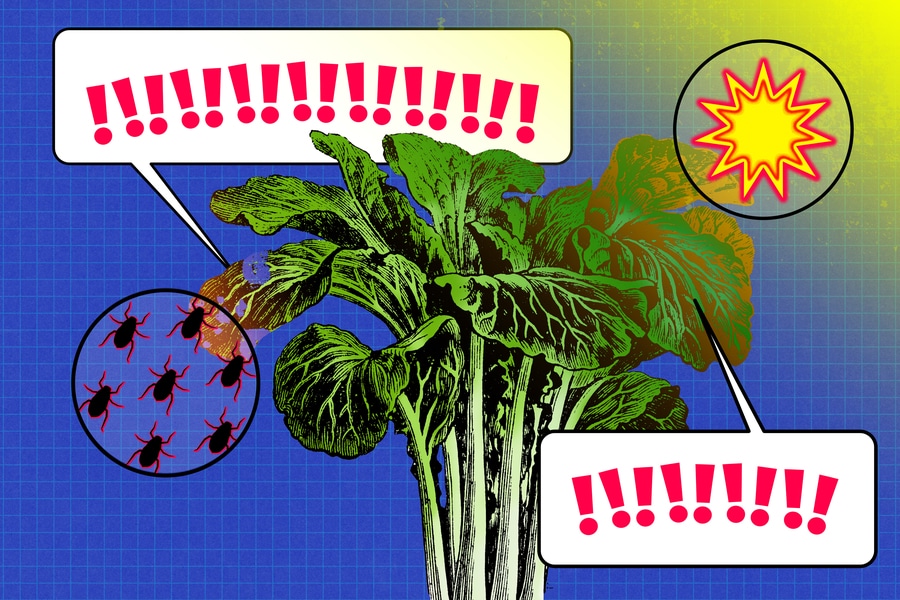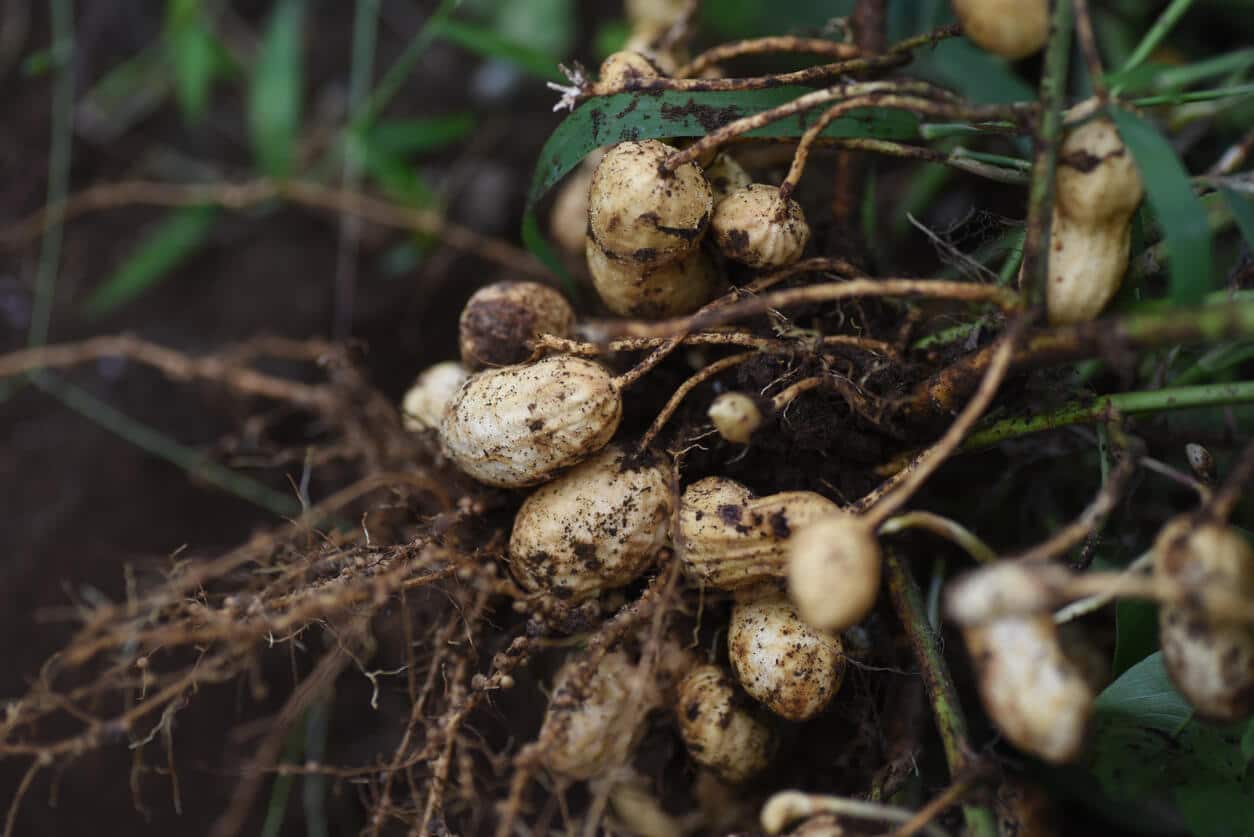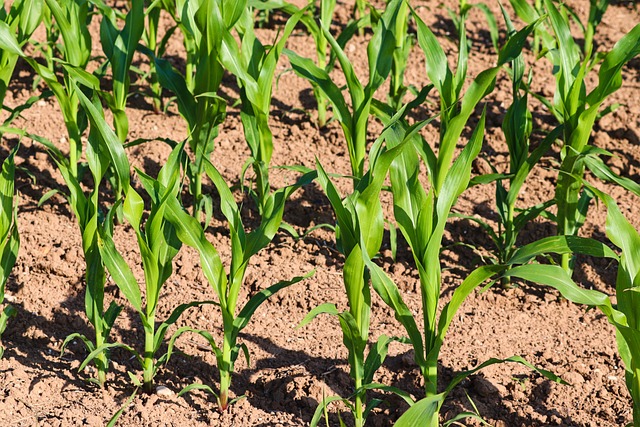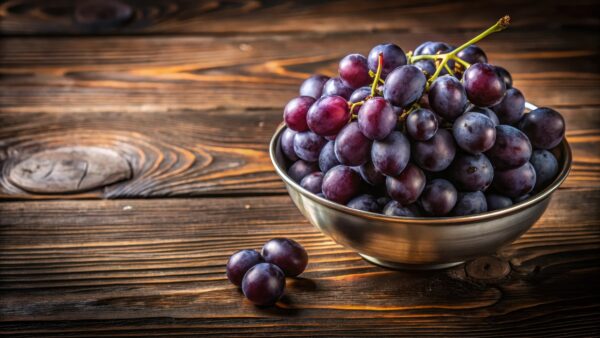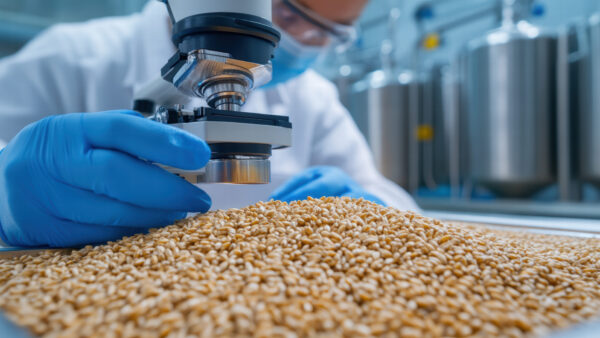Researchers have discovered a method to enhance plant disease resistance without reducing growth, potentially revolutionizing agricultural productivity and sustainability.
Researchers at the University of Georgia (UGA) have identified an innovative solution to a major challenge faced by plant geneticists: balancing disease resistance and plant growth. This breakthrough has the potential to protect plants from disease while promoting higher biomass yields, supporting sustainable food supplies, biofuel production, lumber, and more, according to a study detailed in a UGA news release.
The Role of Salicylic Acid in Plant Defense and Growth
“Combating pathogens has been a top challenge in agriculture,” said C.J. Tsai, corresponding author of the study and professor at UGA’s Warnell School of Forestry and Natural Resources and Franklin College of Arts and Sciences. “Solutions that balance disease resistance and growth are much needed, especially with the ever-increasing disease pressure due to climate change.”
Salicylic acid is a critical plant hormone known for enhancing disease resistance and tolerating stressors like extreme temperatures. However, increased levels of salicylic acid usually suppress plant growth, making its use in agriculture challenging. Previous attempts to genetically modify plants to boost salicylic acid production have encountered these obstacles.
A few years ago, Tsai’s lab demonstrated how salicylic acid improved stress and disease resistance in poplar trees without stunting growth. In their latest study, they applied the same strategy to thale cress by adding a gene that increased salicylic acid levels.
At first, the team didn’t see any significant tradeoffs in growth. “We thought maybe the tradeoff had to do with how the salicylic acid increase was engineered,” Tsai said. “Then suddenly we’d have a batch of plants that were really tiny. We didn’t know what was going on.”
The researchers eventually noticed a correlation between colder temperatures and reduced plant size. They discovered that cold-regulated genes, which protect plants from stressors like low temperatures, were responding negatively to salicylic acid. By modifying these genes, the team was able to allow normal plant growth even with elevated salicylic acid levels. “In many cases, we saw improved growth,” Tsai added.
Implications for Agriculture
This breakthrough could have major implications for farmers seeking to protect plants from pests without sacrificing growth. Historically, salicylic acid-based strategies have enhanced resistance to pests and pathogens, but reduced crop yields have limited their agricultural application.
This new approach separates growth suppression from disease defense, potentially enabling both salicylic acid and cold-regulated genes to be used without compromising productivity.
The research team is expanding its work to test this method in crops like alfalfa. If successful, it could lead to the development of climate-resilient plants that thrive with limited water and nutrient supply, helping farmers better adapt to changing environmental conditions.
The study, published in Plant Cell, was partially funded by the Georgia Research Alliance, the National Science Foundation, and the National Institute of Food and Agriculture. Co-authors include María Ortega, Rhodesia Celoy, Francisco Chacon, Yinan Yuan, Liang-Jiao Xue, Saurabh Pandey, MaKenzie Drowns, and Brian Kvitko.



